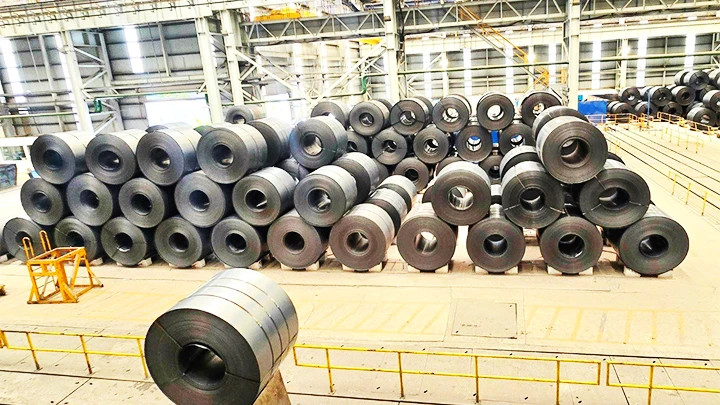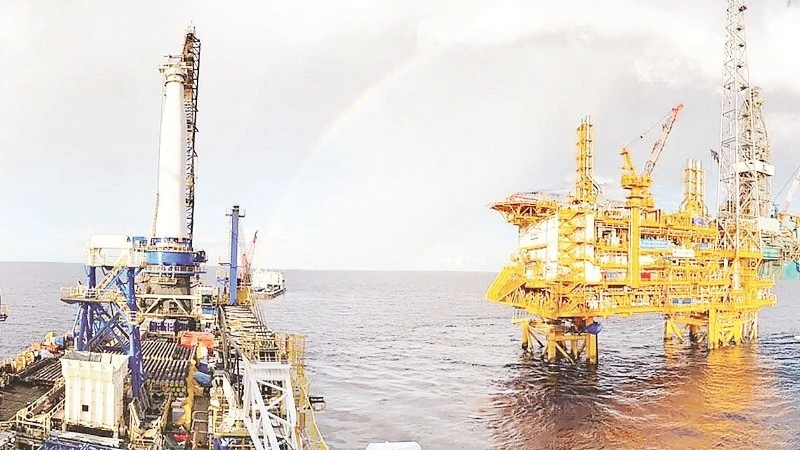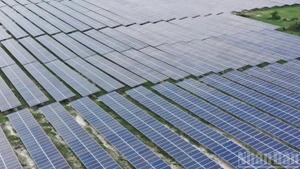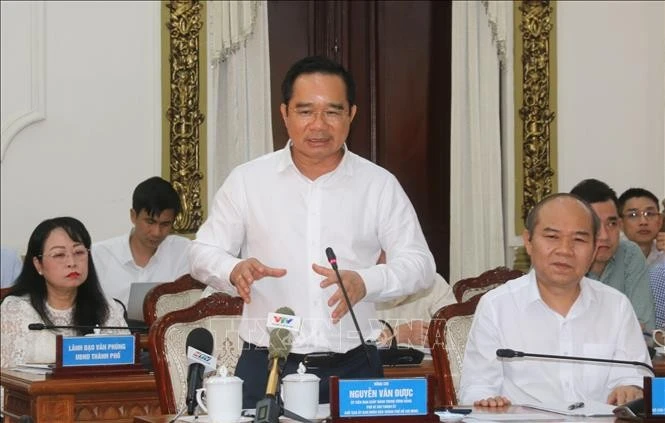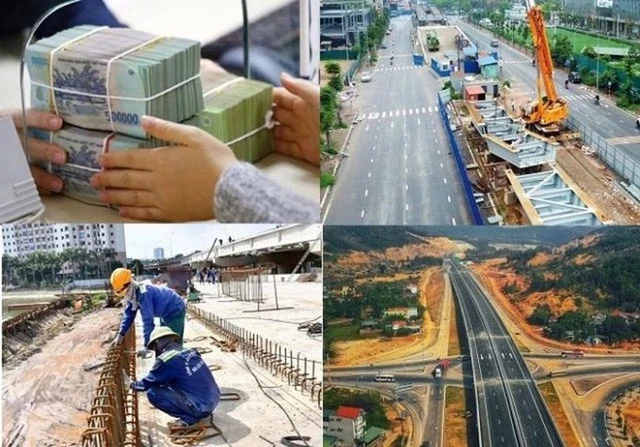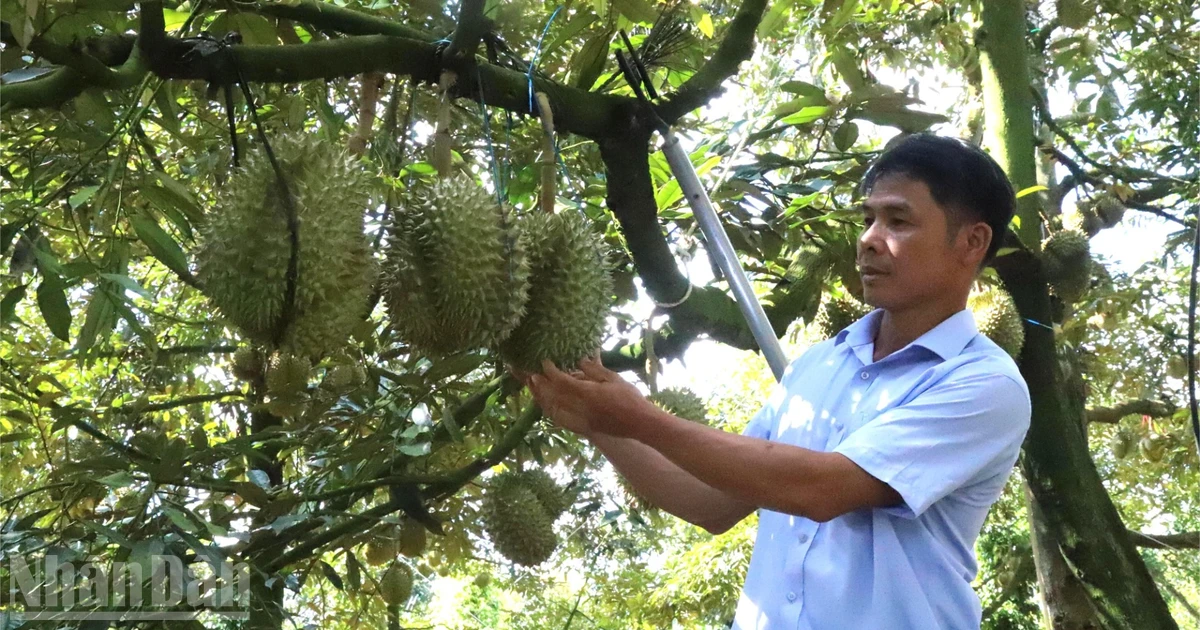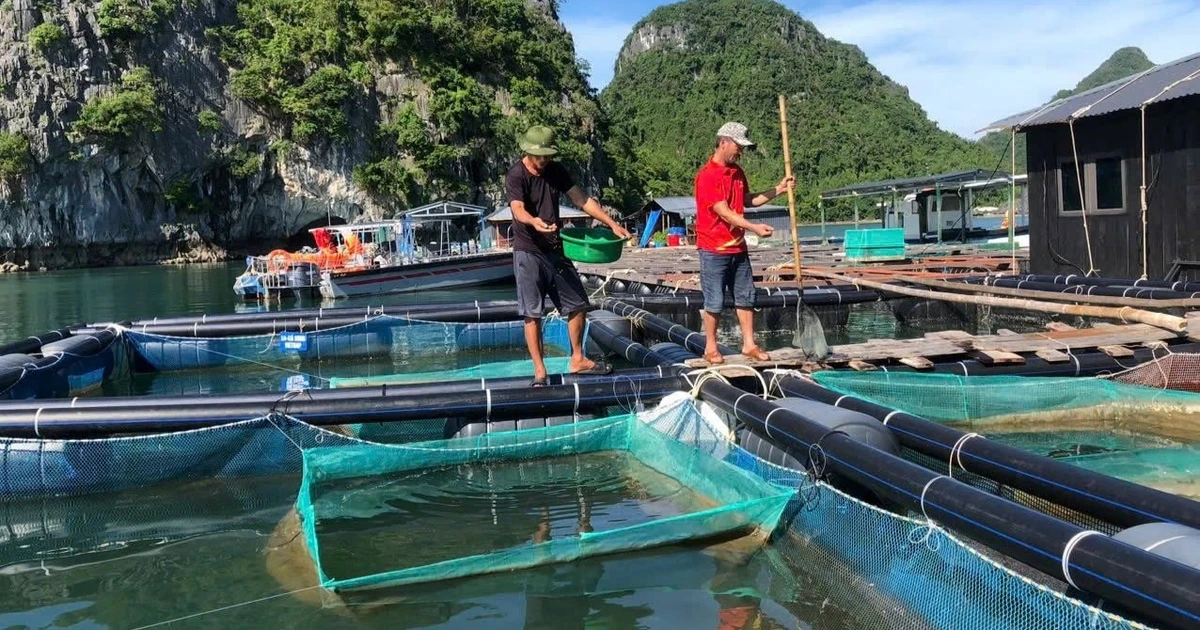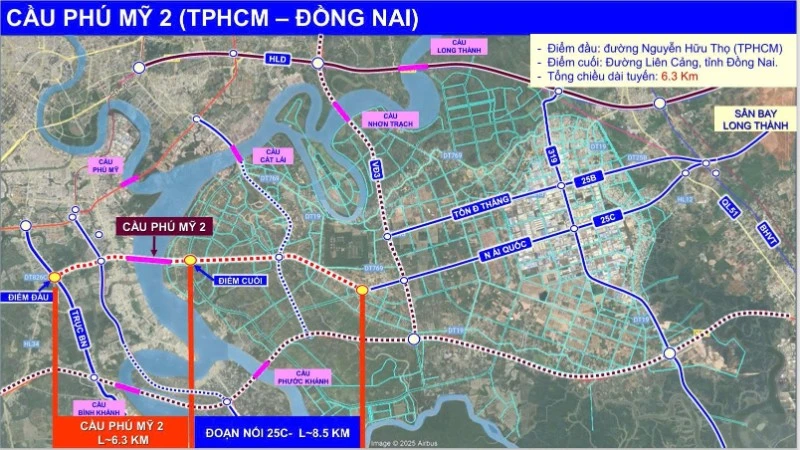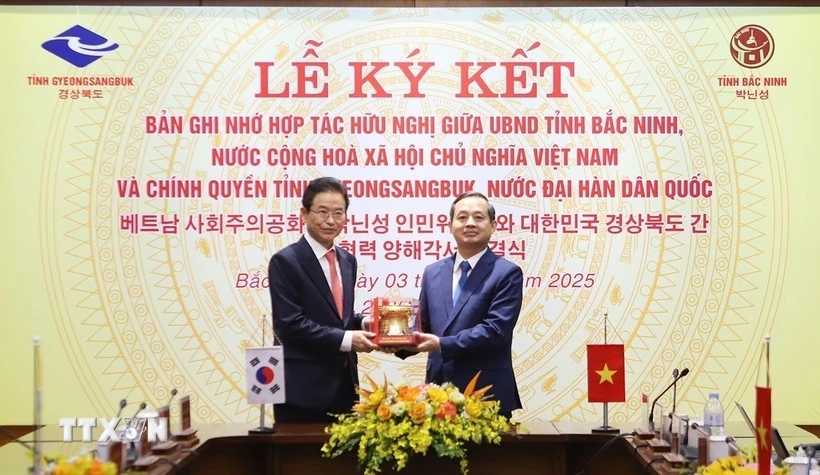Uncertain growth
According to the Vietnam Steel Association (VSA), in July 2024, crude steel production reached 927,180 tonnes, a 2.6% increase from the previous month and an 17% increase compared to July 2023. Finished steel production totalled 2.527 million tonnes, up 2.59% from June 2024. Notably, construction steel and galvanised steel saw respective growth rates of 8.9% and 30.3%. However, the production of other steel products like HRC, cold-rolled coil (CRC), and steel pipes decreased by 5.1%, 11.7%, and 5.6%, respectively.
For the first seven months of 2024, crude steel production exceeded 12.8 million tonnes, a 21% increase compared to the same period in 2023. Finished steel production reached 16.959 million tonnes, up 9.4%, with the highest growth in galvanised and colour-coated steel at 29.2%, followed by construction steel at 14.6%, and HRC at 2.9%. However, CRC and steel pipe production both recorded negative growth of 14.9% and 1.1%, respectively.
Domestic consumption and exports of crude steel reached 12.41 million tonnes, a year-on-year increase of 17%. Sales of finished steel hit 16.75 million tonnes, up 14.3% over the first seven months of 2023. CRC recorded the highest growth at 40.6%, followed by galvanised and colour-coated steel, and construction steel. However, exports of steel pipes fell by 1.2%, and HRC exports slightly decreased by 0.8%.
Despite signs of recovery, VSA warns that the growth of the steel industry remains uncertain due to the pressure from cheap imported steel flooding the Vietnamese market in recent years.
The General Department of Customs reported that in the first half of 2024, Vietnam imported over 8.2 million tonnes of steel, a year-on-year increase of 48%, with a total value of nearly 6 billion USD, an increase of 25.4%.
Specifically, HRC imports alone accounted for nearly 6 million tonnes, a 32% increase year on year, equivalent to 173% of domestic production. Steel imports from China made up 74% of the total, with the rest coming from Taiwan (China), the Republic of Korea, India, Japan, and other countries.
As a result, the price of HRC has dropped significantly. In June 2024, the average price of HRC was 539 USD per tonne, a decrease of 5.2% compared to June 2023 and 2.3% from the previous month.
The VSA suggested that new laws related to the real estate market, such as the 2024 Land Law, 2023 Housing Law, and 2023 Real Estate Business Law, which have recently come into effect, may provide a boost to the steel market, leading to a positive recovery in the construction sector. Although the construction industry is expected to experience higher growth compared to the 2020-2024 period, significant challenges remain, casting doubt on the sustainability of the steel industry's growth trajectory.
Consequences of trade defence
Some countries have recently initiated anti-dumping investigations on HRC steel originating or exported from Vietnam, putting more pressure on domestic steel producers.
In August 2024, the Ministry of Industry and Trade’s Trade Remedies Authority reported that India initiated an anti-dumping investigation into HRC steel from Vietnam.
This move came after Indian steel manufacturers filed a petition to investigate hot-rolled steel products originating from Vietnam. The products under investigation include hot-rolled coil steel, both alloyed and non-alloyed, such as non-coated, non-plated, or non-clad steel with a thickness of up to 25 mm and a width of up to 2,100 mm, falling under HS codes: 7208, 7211, 7225, and 7226.
Simultaneously, the European Commission (EC) has also begun an anti-dumping investigation into certain HRC products from Vietnam, along with Egypt, India, and Japan. The investigation period for anti-dumping spans from April 1, 2023, to March 31, 2024, with the damage investigation period extending from January 1, 2021, to March 31, 2024.
To date, approximately 30% of the 252 foreign trade defence cases against Vietnam have targeted steel products.
According to lawyer Nguyen Thanh Ha, Chairman of SBLaw, the global trend of trade liberalisation coupled with economic difficulties has led to the increased use of trade defence measures to protect domestic production. The global steel industry is currently experiencing overcapacity, which negatively impacts Vietnamese steel exporters, potentially leading to a decline in export volumes. Moreover, defending against these investigations requires significant financial and human resources, placing additional strain on Vietnamese steel companies.
Ha also said the adverse effects of such measures can be prolonged, as anti-dumping duties typically last for at least five years and can be renewed multiple times. Companies may incur ongoing costs related to annual reviews or end-of-period investigations if required.
In the contrary, Vietnam initiated its own anti-dumping investigation in late July 2024, targeting HRC imports from China and India. The investigation period for determining dumping behaviour and damages spans from July 1, 2023, to June 30, 2024.
To Thai Ninh, Head of Anti-dumping and Subsidies Investigation at the Trade Remedies Authority, stressed the importance of trade defence measures in restoring fair competition. Anti-dumping and anti-subsidy measures help prevent unfair pricing practices and government-subsidised imports that can undermine domestic industries. Such subsidies give foreign products a competitive advantage, allowing them to be sold at significantly lower prices, which can harm local production and result in market share losses in the domestic market.
By implementing trade defence measures, Vietnam can curb unfair competition and protect its domestic industries. These measures have also contributed to the national budget, generating between 1.5 to 2 trillion VND annually from trade defence-related taxes.
